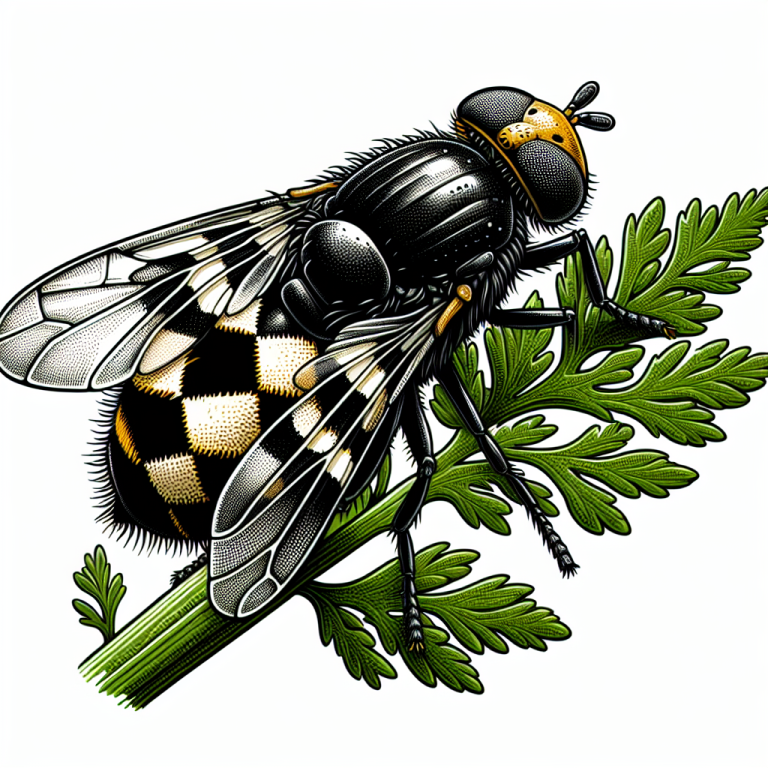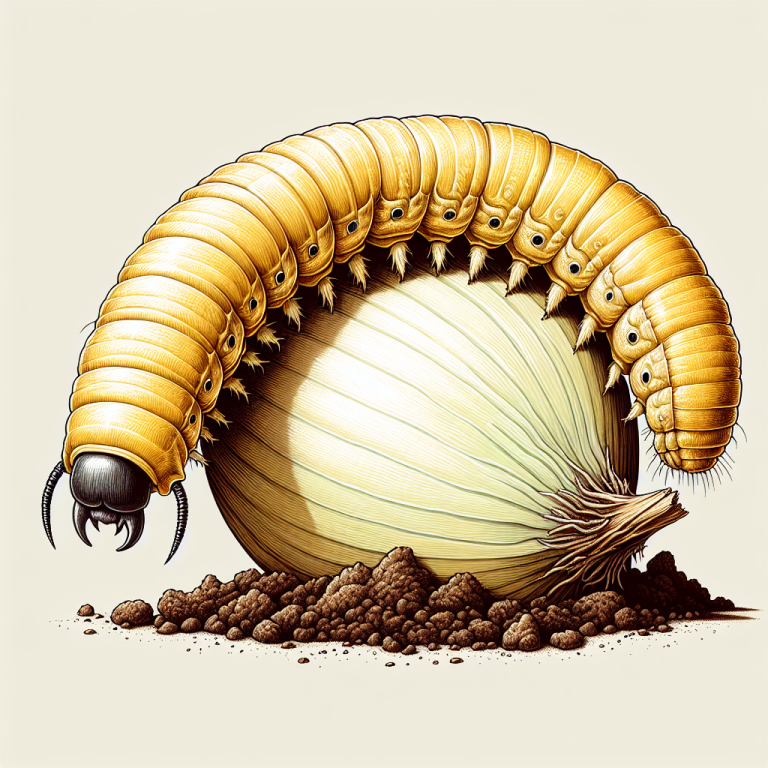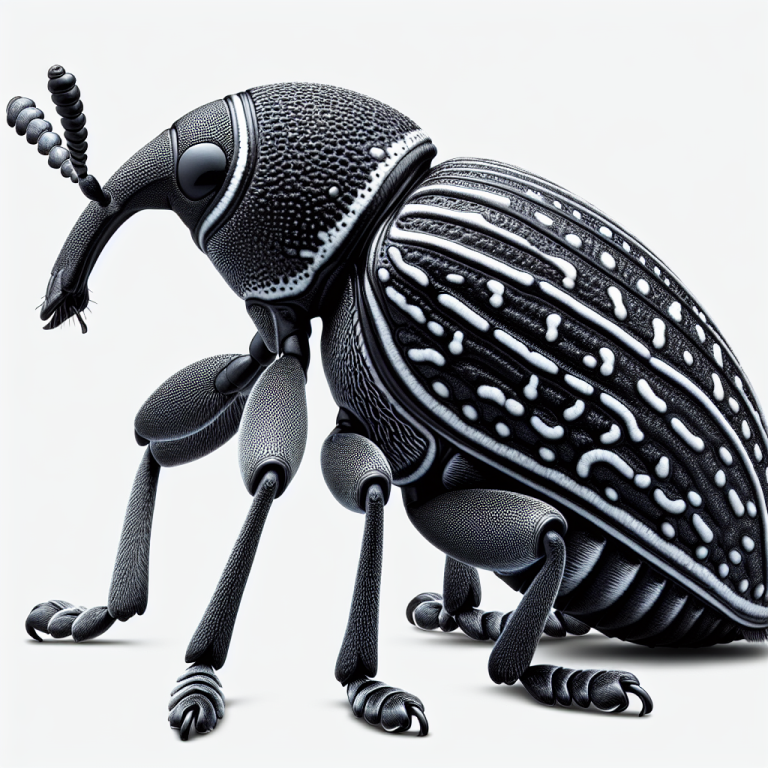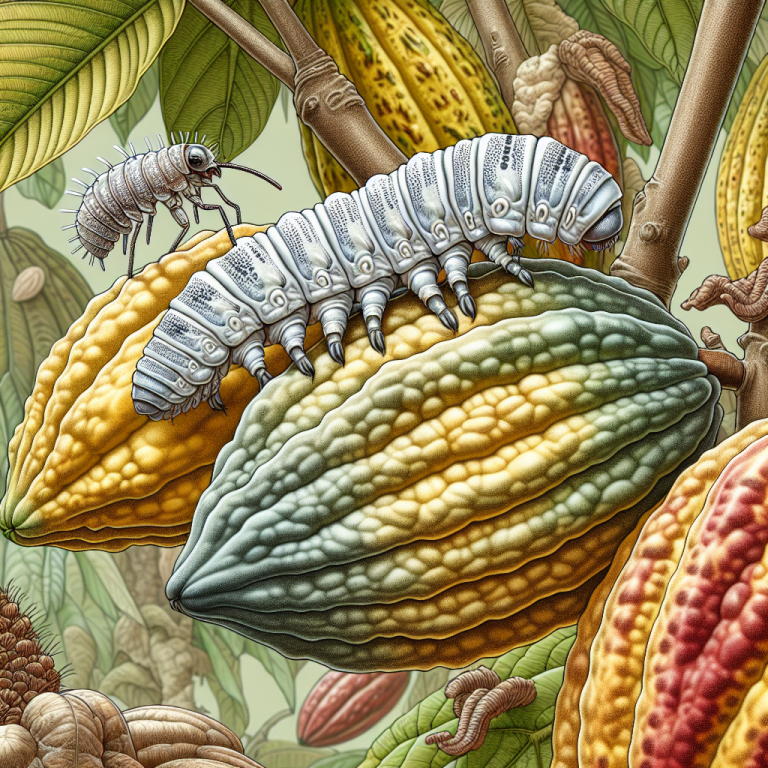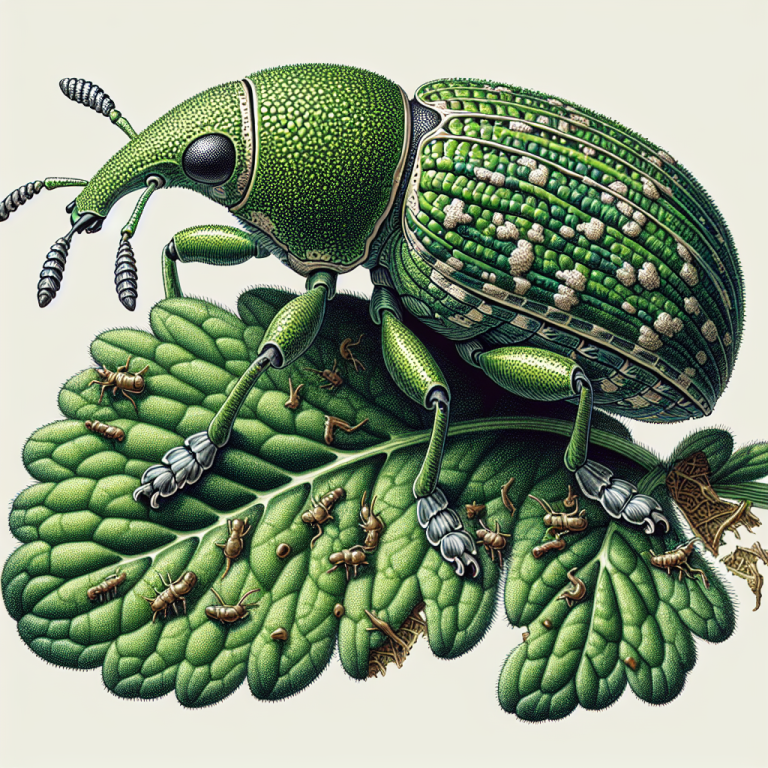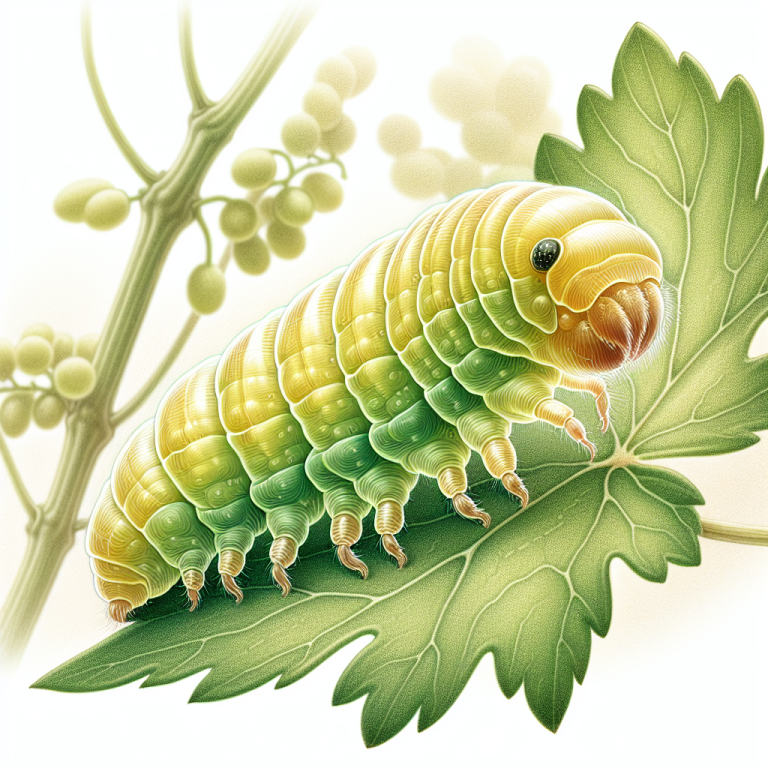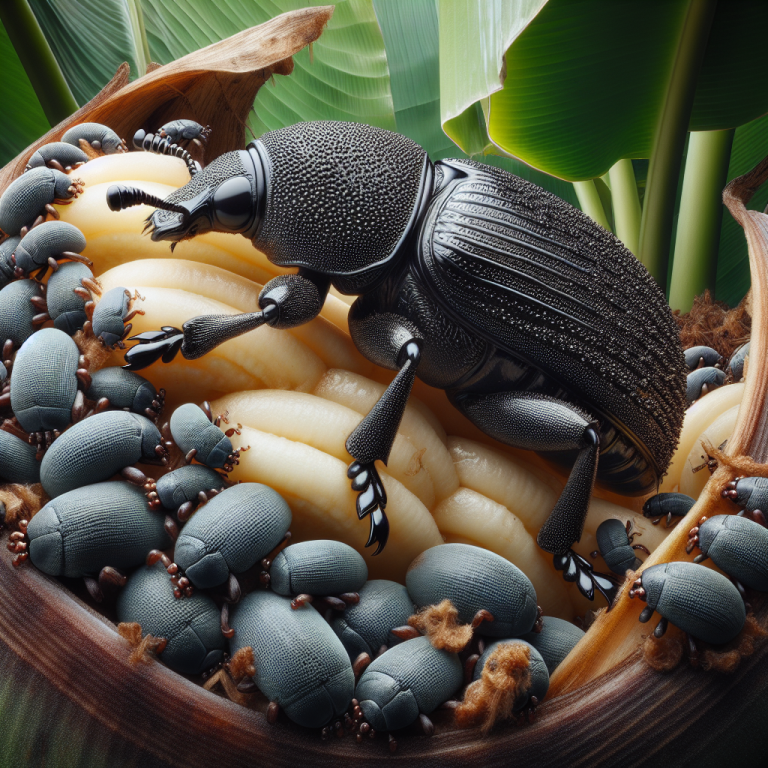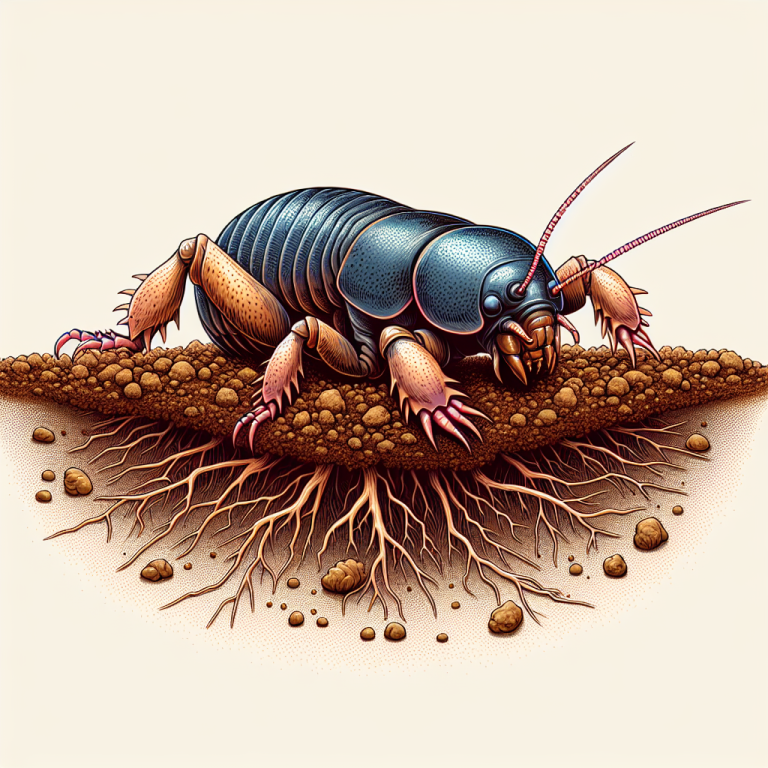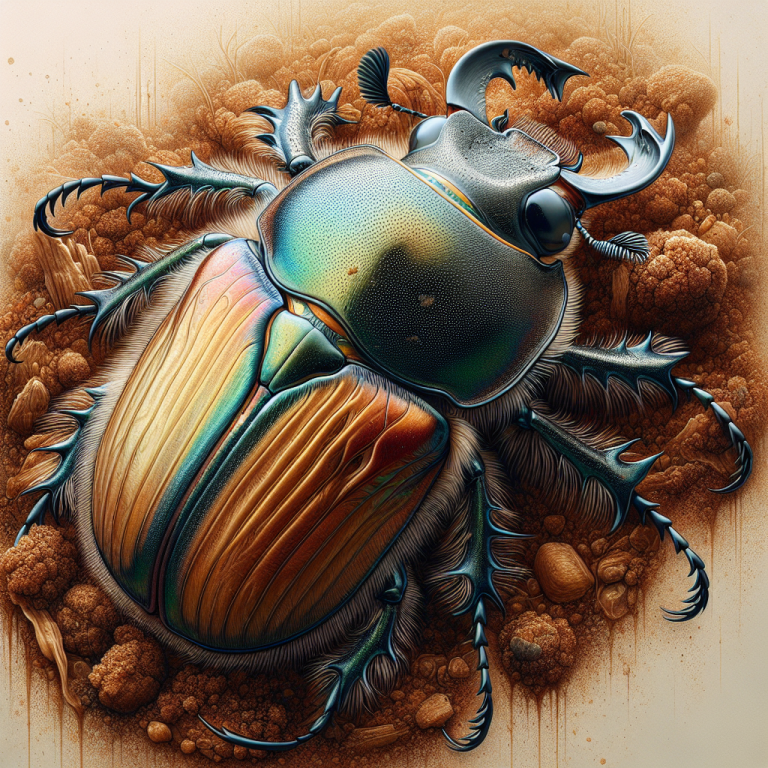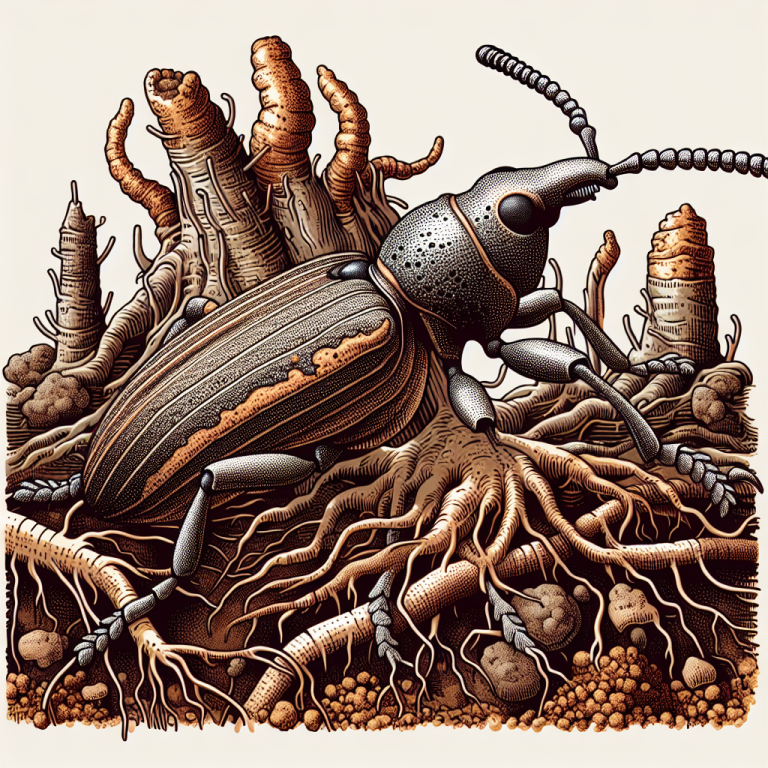Carrot Fly
(Insert captivating image here: A close-up photo of a Japanese beetle, Popillia japonica, heavily feeding on rose leaves, showing significant defoliation.)
The iridescent green sheen of the Japanese beetle, Popillia japonica, belies its destructive nature. This tiny insect is a major threat to a vast array of plants, but roses are particularly vulnerable. Adult beetles skeletonize leaves, leaving only the veins behind, severely impacting plant health and aesthetic value. Their voracious appetites don’t stop there—they also devour flowers and buds, resulting in significant crop loss and garden devastation. These beetles go through a complete metamorphosis, from egg to larva (grub) to pupa, finally emerging as adults to wreak havoc. But don’t despair! This post delves into effective identification tips, preventative measures, organic controls, and targeted insecticide options to help you combat this persistent pest and protect your precious plants. Learn more about safeguarding your garden from the Japanese beetle menace!
